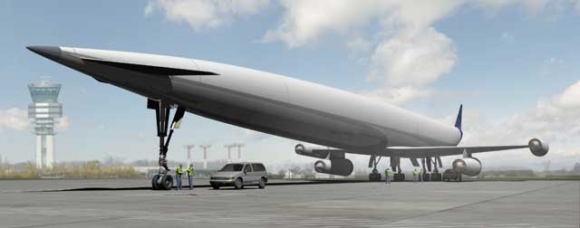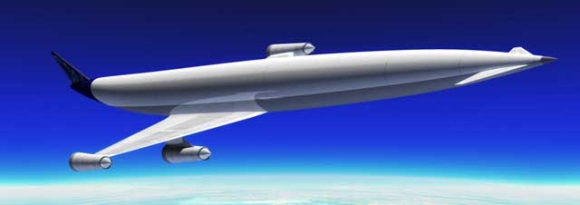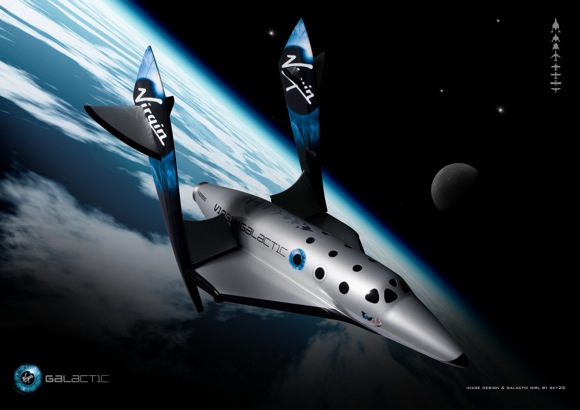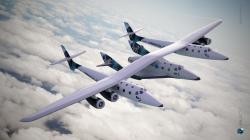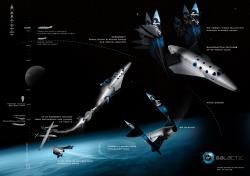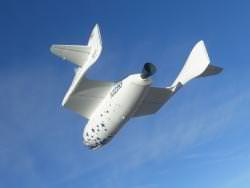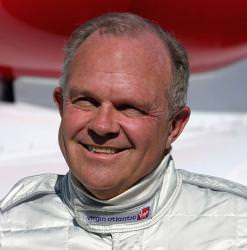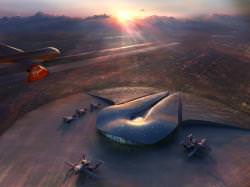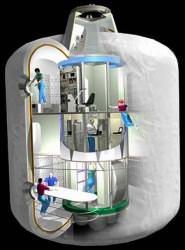A British engineering company has stepped into the commercial spaceflight arena with an ambitious and inspiring design of a possible airliner of the future. The A2, the design behind the Long-Term Advanced Propulsion Concepts and Technologies (LAPCAT) project, will carry 300 passengers, will have a range of 20,000 km and will be capable of travelling twice the speed of Concorde – that’s a sustained velocity of Mach 5. It will also be capable of atmospheric and space flight leading to the exciting possibility of becoming a large vehicle shuttling passengers, astronauts and payloads into orbit…
As private enterprise is beginning to see the possibility of profit in spaceflight, more and more rocket, spaceship and aircraft designs are being realised beyond the realms of science fiction. Richard Branson’s Virgin Galactic and Elon Musk’s SpaceX bear testament to the opportunities that await commercial transport into space. While Branson’s SpaceShipTwo concept uses a conventional WhiteKnight aircraft to “piggyback” until a maximum altitude is reached before it’s rocket engines propel it into space, Musk’s program depends on the ballistic approach, sending his Falcon rocket into space via a conventional rocket launchpad. The A2 concept is different as it will take off and land like a passenger jet without the need to be helped on its way by another aircraft.
The A2 is an impressive looking craft, and the claim that it may be able to sustain hypersonic flight is impressive. Currently, only astronauts leaving or re-entering the atmosphere travel at hyper sonic velocities, no aircraft is capable of such speeds within the Earth’s atmosphere. Mach 5 is the speed at which large amounts of heating occurs on an aircraft’s body, temperatures in excess of 1,800° F (1,000° C), so the engineering of hypersonic aircraft must be sufficiently advanced to protect passengers and aircraft structure from this extreme environment.
The A2 is intended to travel at Mach 5 within the atmosphere so it can enter low Earth orbit, giving it the ability to carry out orbital tasks as well as travelling to international destinations very quickly. It is hoped the A2 will travel from Europe to Australia within four hours. Reaction Engines Ltd. project the A2 will be in full production within 25 years.
The A2 will be able to do this through the use of Scimitar Engines – fueled by huge amounts of hydrogen (indeed, most of the aircraft fuselage will contain the fuel to feed the four engines slung under its wings) – that are designed around existing gas turbine, rocket and subsonic ramjet technology.
See more about the A2 design at Reaction Engines Ltd.
Source: BBC

